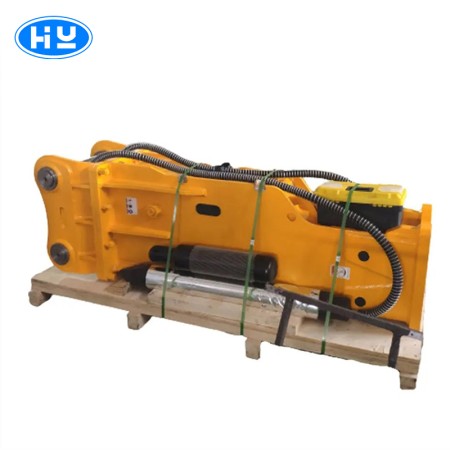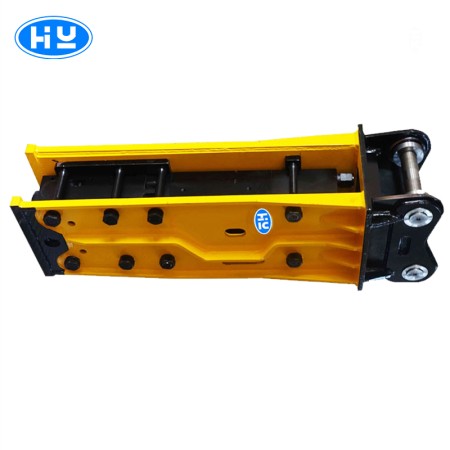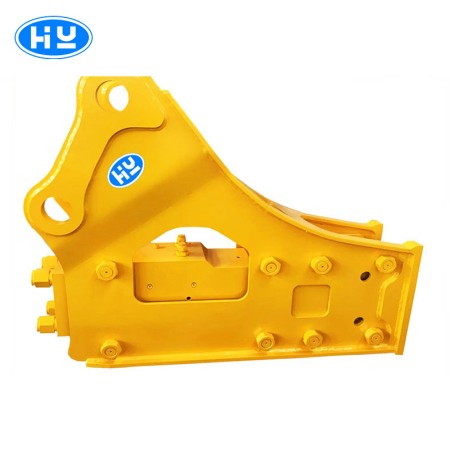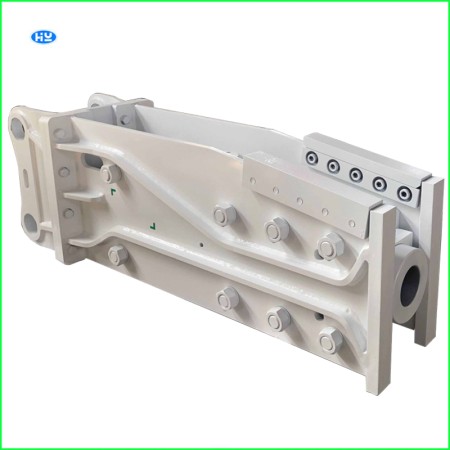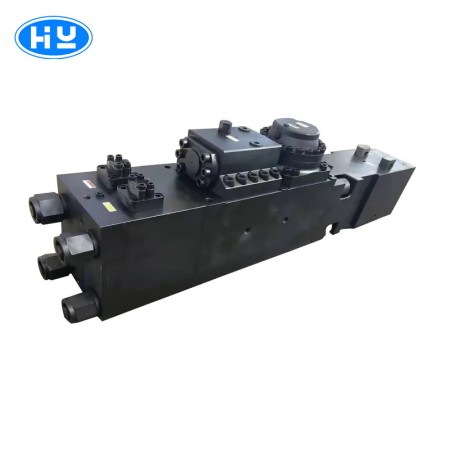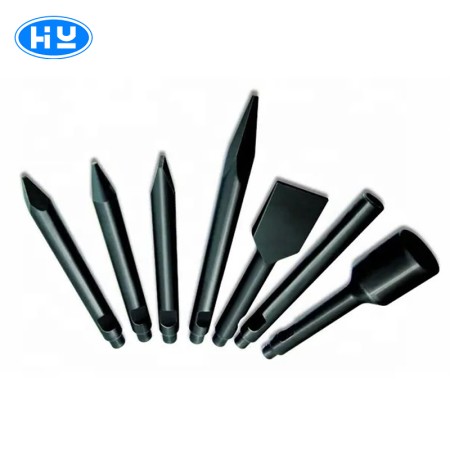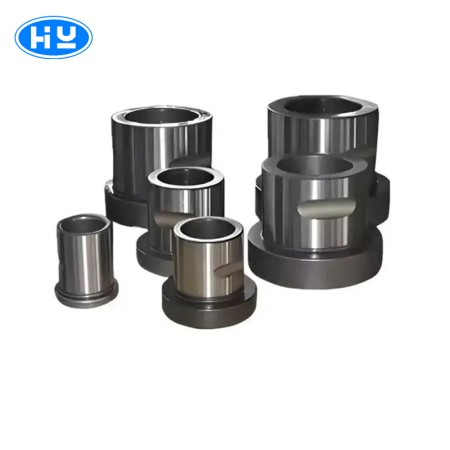Product
News
- Soosan SB121 Hydraulic Breaker for Chile – Precision Manufacturing from a Full‑Chain Chinese Factory
- High‑Performance Mini Excavator Breaker Hammer — Compact Power for Efficient Demolition and Rock Breaking
- Inside Hanyun’s Production of the SB40 Hydraulic Breaker – Precision Engineering from Raw Steel to Final Assembly
- Zhengzhou Hanyun Hydraulic Breaker — Furukawa HB30G Assembly Precision & Special Offer for Egypt Customer
- Backhoe Demolition 30 Ton Excavator Top Side Box Type Rock Hammer Hydraulic Breakers for Excavator
- Furukawa HB20G Manufactured by Hanyun: High‑Quality Hydraulic Breaker Ready for Shipment to Egypt
contacts
Contacts:Jacky Zhang
Phone:+8618937103255
Email:hanyunpsq@gmail.com
Address:No. 167, Xuchang Road, Shangjie District, Zhengzhou City
Knowledge
Essential Guide to Safe and Efficient Hydraulic Breaker Commissioning: Preparing for Optimal Performance
In numerous fields such as engineering construction, mining, and demolition work, hydraulic breakers have become indispensable mechanical equipment due to their powerful crushing capabilities. However, safety accidents caused by inadequate equipment maintenance are not uncommon, which makes us deeply realize that ensuring the safe and stable operation of hydraulic breakers is of utmost importance, and commissioning is a crucial part of this process.
Commissioning of a hydraulic breaker is a comprehensive inspection of its mechanical performance and the standardization of component installation before it is officially put into use. It's akin to an athlete warming up before a competition, enabling the equipment to get into working mode in advance and promptly identifying potential problems. Through proper debugging, the quality of the hydraulic breaker can be further tested, and the occurrence of subsequent faults during operation can be minimized, laying a solid foundation for efficient work.
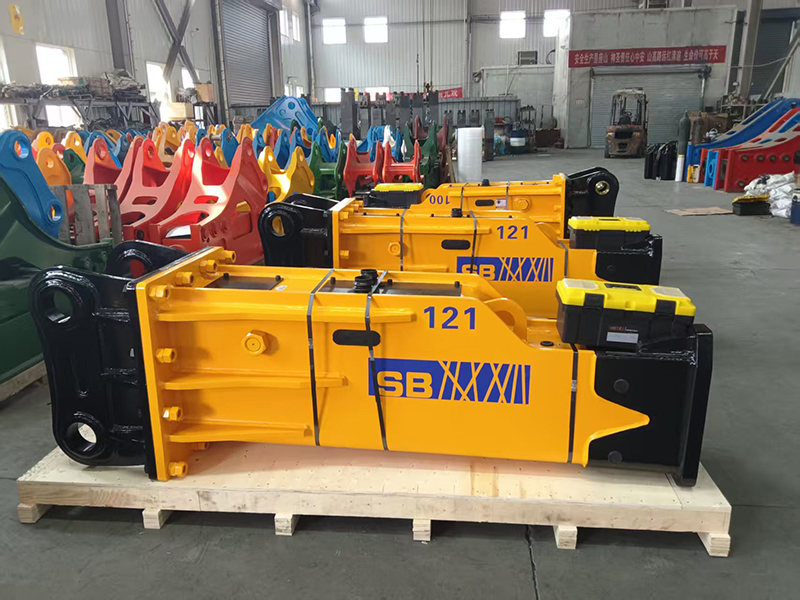
Hydraulic breaker trial operation: the "first line of defense" for safe and efficient operation
In daily use, a full-extension and full-retraction trial run for 3 - 5 cycles should be carried out before starting the hydraulic breaker each time. This seemingly simple operation is of great significance. It can expel the air from the system and preheat all systems, effectively preventing air or water remaining in the system from causing gas explosions in the cylinder body. It should be noted that gas explosions can not only damage the seals and lead to internal leakage in the cylinder but also trigger more serious safety accidents, posing a threat to the lives of operators.
After the trial run, it is essential to reinforce each part again. Carefully inspect the condition of all hardware components to ensure they are clean. Meanwhile, pay special attention to checking the tightness of screws and connections. If any loose screws are found, they should be tightened promptly in accordance with the installation manual and technical specifications to prevent equipment malfunctions caused by loose components.
The no-load commissioning phase is also of great importance. It is recommended to keep the equipment running for more than 2 hours. During this period, closely monitor the bearing temperature, which should not rise by more than 30 degrees Celsius. Additionally, check whether all fasteners are secure and free from looseness, and ensure that all transmission parts operate smoothly. It is crucial to guarantee that all high-speed rotating components are free from scratches, chipping, and grinding, and produce no abnormal noises. Only through such rigorous commissioning checks can the hydraulic breaker be ensured to operate at its best.

